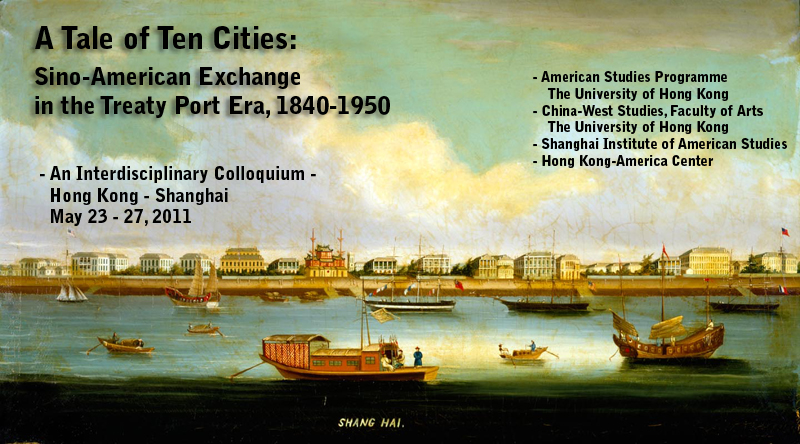Professor Louise Edwards
Professor of Modern China Studies at The Hong Kong University
Paper Title:
Shanghai Girls’ American Dreams: Ling Long Magazine and Imagining American Depravity in the 1930s
Professor Edwards is currently working on a series of projects centered around gendered cultures of war in China in the 20th century. Her book-length publications include Gender, Politics and Democracy: Women’s Suffrage in China (Stanford University Press, 2008); Men and Women in Qing China: Gender in The Red Chamber Dream (Brill 1994, Hawaii University Press 2001); Censored by Confucius: Ghost Stories by Yuan Mei, (M. E. Sharpe 1996, with Kam Louie); Celebrity in China (Hong Kong University Press 2009, with Elaine Jeffreys) and a series of edited volumes with Mina Roces including Women’s Movements in Asia: Feminisms and Transnational Activism (Routledge 2010); The Politics of Dress in Asia and the Americas (Sussex Academic 2007); Women’s Suffrage in Asia (RoutledgeCurzon 2004); and Women in Asia: Tradition, Modernity and Globalization (Allen and Unwin, Michigan University Press 2000).
Abstracts:
This article explores the way in which images of the United States of America [USA, America] featured in the 1930s Shanghai women’s magazine Ling Long. I argue that in the first few years of the magazine’s life, the USA became an important symbolic location for readers of the magazine as they grappled with their own pressing personal concerns in negotiations with families and communities about appropriate feminine behavior. Readers of the magazine found in the depiction of life in the USA answers to their anxieties about ‘How much dancing is too much dancing?’ and ‘What are the limits to a decent girl’s socializing in public?’ In this period of rapid social and cultural change Ling Long’s editors clearly felt women wanted guidance about appropriate behavioral limits for their modern city lifestyle in vibrant, cosmopolitan Shanghai. With the boundaries for behavior set in their mothers’ and grandmothers’ days no longer relevant, ‘W
hat was a girl to do?’...
